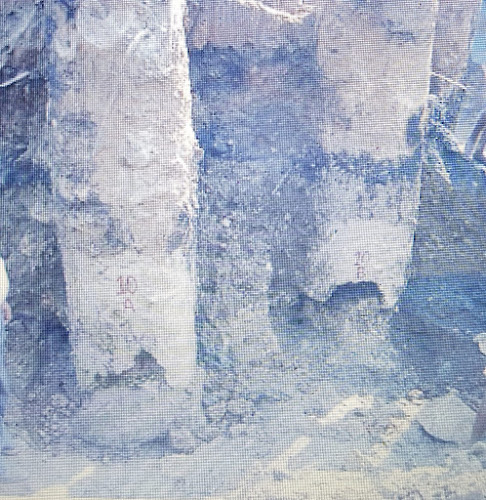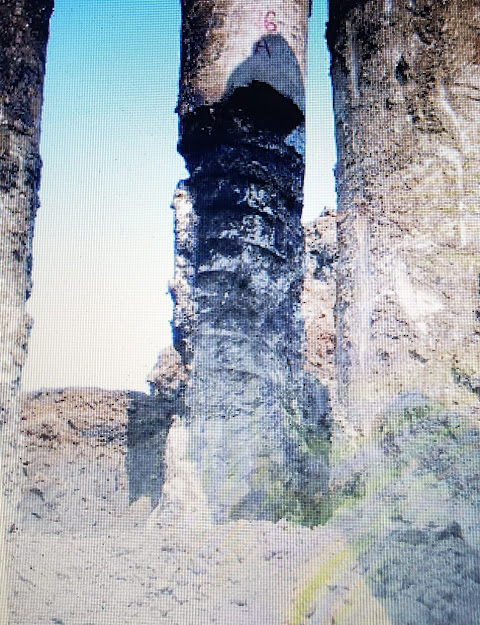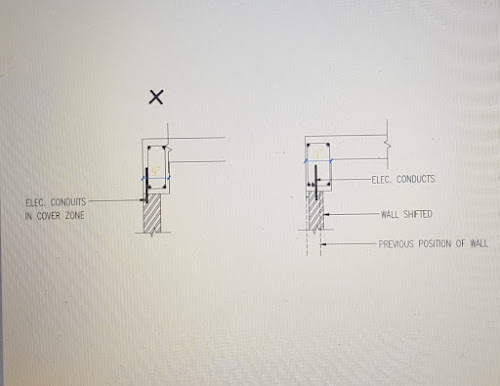Purpose of Pile Load Test.
Pile foundations are designated for load tests more frequently in comparison to other foundation units for two main reasons:
1) The inability to visually inspect the pile after installation and
2) The limited understanding of the material surrounding the pile. It is evident that the design and construction of pile foundations involve numerous factors and potential problems, most of which originate from the occurrence of defects in the load bearing pile body itself or its surrounding soil material to which the load is transferred.
Conducting load test compliment the pile foundation design and construction practice through
provision of vital information regarding the pile-soil system particular to a combination of pile type,installation method and site condition.
The load test is conducted either for investigation or confirmative purpose.
Initial Load Test:
The initial load test is required to be carried out for following purpose:
a) To study the load settlement behavior much beyond the working load.
b) Assessment of load carrying capacity of a pile and arrival at safe load by application of factor of safety.
c) To study the effect of piling on adjacent existing structures and take decision for the suitability of type of piles to be used.
The initial load test should preferably be carried out prior to execution of piling at the work site so that the data generated from test can be judiciously utilized to confirm the design and make suitable changes if required. The test load for initial load test should be at least twice the design load.
Routine Load Test:
The routine load test is generally carried out at one and half times a design load. This load test is carried out to serve one or more of the following purpose.
a) To obtain the load settlement behavior of pile under working load.
b) To assess the extent of safety for specific functional requirement of the pile at working load by observing the load settlement behavior upto an extent of one and one-half times the working load.
c) Detection of any unusual performance contrary to the findings of the initial test if carried out.
The piles to be tested for routine tests may be selected on the basis of the following:
a) Abnormal variation in concrete consumption.
b) Sudden slump or drop of concrete during construction of piles.
c) Problems encountered during boring and tremie operation.
d) Significant variation in depth of pile with respect to other adjoining piles and boring record.
e) Anomalies observed during the driving operation in case of driven piles.
f) Piles under sensitive location of structures.
g) Any doubt arising from NDT test result.
The number of piles to be routine load tested will be depend on nature of project expected variation of sub surface, severity of ground conditions etc. However, as a general guideline following number of piles can be routine load tested at the project site.
Post Piling Measures
After completing of all piles, survey is carried out to check the deviations of piles from their
actual locations. Eccentricity in terms of x and y direction is plotted and submitted to RCC
consultant for designing of pile cap.
Few points which can go wrong in piling.
Below given pictures shows defective work in which concrete could not reach in the bottom portion of pile Bulging
Bulging of piles leads to excessive consumption of concrete. Hence it is absolutely essential to keep check on theoretical and actual consumption of concrete in each pile at the time of converting.
Presence of aggressive oil in the soil can lead to erosion of concrete.






Comments
Post a Comment